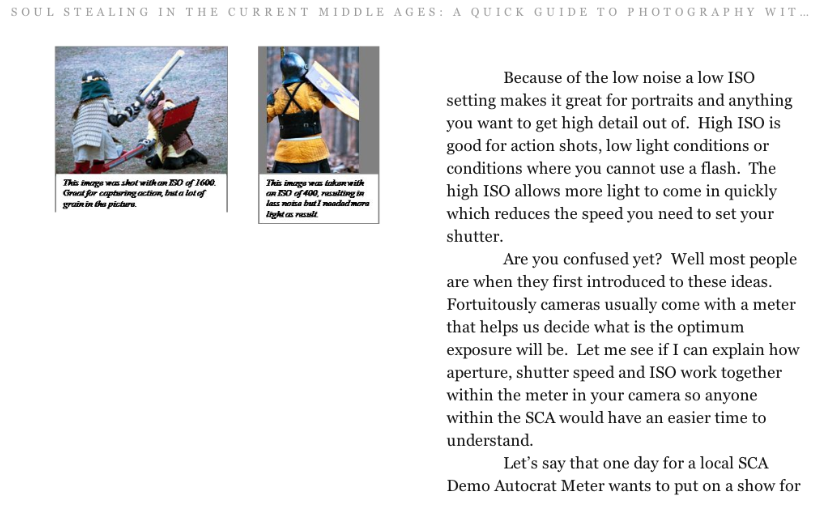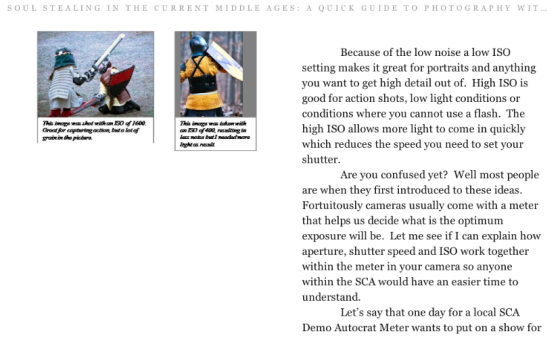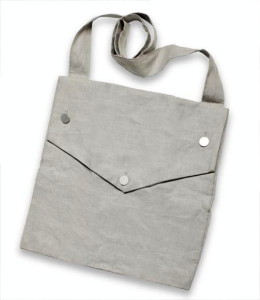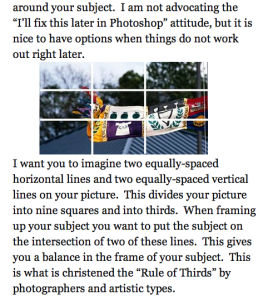Soul Stealing in the Modern Middle Ages: Photography in the SCA
As a recent immigrant to the Knowne World of the Society for Creative Anachronism and a fairly new convert to LARPing one of the potential issues I’ve encountered is taking pictures at costumed events. While many can disregard a camera pointing at them (and in fact, want their pictures taken), some participants at LARPs and SCA events find the mere presence of a camera to be jarring and a disruption. If Alexandre Franchi and Mark Krupa had to disguise their movie camera at the Bicolline site in Canada for The Wild Hunt, what might be expected of me at an SCA war? Fortunately there is an eBook on the subject, Soul Stealing in the Modern Middle Ages: A Quick Guide to Photography within the Society of Creative Anachronism, available for Kindle readers on Amazon.com
That is, once the reader successfully makes it through the number of glaring spelling errors and typos that riddle Soul Stealing. Perhaps author Carl Trinkle, or as he is known in the SCA, William “Cookie” Barfoot, will be able to edit the multitude of errors out. One early sentence reads, “There are probably thousands deferent types, models and formats of cameras out there.” Another reads, “That lens has limited zoom capabilities and you there is no option for you if you want to improve your lens.” There is the misspelling of the birthplace of the SCA as “Berkley” instead of Berkeley, and then “out” for “our”, “cleaver” for “clever”, “grantee” for “guarantee”, and so on. Not to belabor the point, but, “There is hundreds of photo sharing website out there.” is just one of the many dozens of errors that permeate this 44-page work and speak to the lack of editing. Even the title differs from the Amazon store to within the eBook: Soul Stealing in the Current Middle Ages versus Soul Stealing in the Modern Middle Ages.
Getting past the myriad typos and grammatical errors, Trinkle has a breezy, conversational tone with the occasional humorous aside. For the most part it works, but in reality, the “book” could really better be considered several in-depth blog posts or the sort of how-to that tends to appear pinned to the top of a board in online forums. From what I can see in the 22 photographs accompanying the text, Carl Trinkle is a talented SCA photographer, but the pictures are too tiny (generally around 320 by 200 pixels) and too few in number. The digital medium of Kindle would seem to be perfect for reproducing full color pictures that might be costly to print in a traditional book. There are also no comparisons between two similar pictures diagramming what is good about one picture’s lighting or composition and what is wrong with another. Even at only $2.99 for its 44 pages, this is just too little.
Sections in Soul Stealing
What Trinkle does include are sections on cameras, light/aperture/ISO, equipment, and etiquette. Trinkle admits to being an anachronism himself because despite owning an iPad and advocating having a smart phone, he still shoots in 35mm and 120mm film. After going over his own cameras (including plastic disposable cameras which Trinkle employs for their ability to occasionally get surprisingly great shots), Trinkle leaps into exposure, f-stops, aperture, and ISO. Here he uses a truly SCAdian analogy to explain “how aperture, shutter speed, and ISO work together” that goes on for pages using terms like “ISO War Band”, “House of Aperture’s shield wall”, and “Autocrat Meter”. I found it bewildering, but his love of the SCA is always apparent.
The Kit: Equipment
Trinkle’s section on equipment is where he really shines, though he worries aloud about advertising specific products, writing that he does not “mean to sound like a commercial”. He shoots with a 28mm-75mm zoom lens and a 75mm-300mm telephoto lens. He keeps these lenses, his film, iPad, and snacks in a “natural linen harvest sack” from Jas Townsend and Sons “that passes for a pilgrim’s bag or whatever you want to call it. Yes, it is strictly not period for the SCA timeline, but it is close enough for most people besides Laurels to not take notice.”
He also suggests a note pad to record subjects’ contact information and photographic settings, an 18% grey card to find the right exposure setting, and UV filters to protect the expensive lens in the event of a camera fall. There is the humorous suggestion of a dagger (“What if you are attacked by barbarians or corsairs or a bear or something?”) as well as many other mundane objects like Ziploc bags, duct tape, and a flashlight. He covers the basics, but then suggests possibly bringing the intriguingly-named “slave lights” without explaining just what slave lights are. Trinkle does wax poetic though about the flexible JOBY GorillaPod and points out that “the knock offs of the GorillaPod are not worth wasting your money on.”
Etiquette, Camera Disguises, and More
Trinkle next weighs the merits of the perfect photo versus ruining the moment for others at a event by the use of flash photography. Curiously he doesn’t touch upon blocking other photographers’ shots or the views of the attending populace, but he does point out possible legal issues for some members’ photos being taken including professional performers and those in law enforcement. Trinkle advises, “if you have to take that picture because every photographic fiber in your body says this is the picture of all pictures, I say take it. Then learn how to grovel really fast.”
Trinkle briefly mentions that other photographers use disguises for their cameras, but eschews the practice himself. Detailing that some people dress up their cameras and tripod as very skinny women is entertaining, but there is no photographic evidence of the practice and besides suggesting hollowing out a book to use as camouflage, Trinkle disappointingly has little to offer in this area. He moves on to actually taking pictures, making the most of early light near dawn, and gives an example of the Rule of Thirds using some household banners or personal devices. If Soul Stealing stuck closer to such examples, it would be much more useful.
Trinkle rounds out the book with an admonition to practice and experiment, as well as the suggestion that would-be photographers learn the rules of Heavy Combat to be able to take the best pictures (and avoid danger). Rapier combat should not be neglected though, Trinkle warns, as well as Arts and Sciences projects. Night time photography and portrait photography are also touched upon as well as photo-editing software. His parting advice is worth repeating: “Take pictures of all your events, we love to see them. Just remember not to ruin the dream for anyone by your picture taking. Sometimes it is better to miss the picture, but keep the memory.”
Final Thoughts on Soul Stealing
As it stands, Soul Stealing is an incomplete and error-laden work. Actual members of the SCA will benefit more from collegium classes on photography if available or by joining a photographers’ guild than by purchasing Trinkle’s work. Even an experienced photographer with a detachable lens spotted at an event will probably yield just as much valuable information. This is, after all, the SCA; members are generally friendly, courteous, and love to help others. However if none of those resources are available or you are the photographer in a LARP group struggling with how to take better pictures, Soul Stealing may prove to be helpful. At only $2.99, it will be one of the lowest costs you will incur in the SCA (or in LARPing for that matter).
Ultimately the most important question for any informational book or video has to be asked: has Soul Stealing in the Modern Middle Ages increased my understanding or knowledge of photography in the SCA? No, not significantly. It is a $2.99 reminder of what I learned in an hour-long SCA photography class, but it did point me towards several useful pieces of equipment that I might soon acquire.
Photographs and text from Soul Stealing in the Modern Middle Ages are copyright Carl Trinkle and used without permission under Fair Use doctrines of criticism and commentary.





